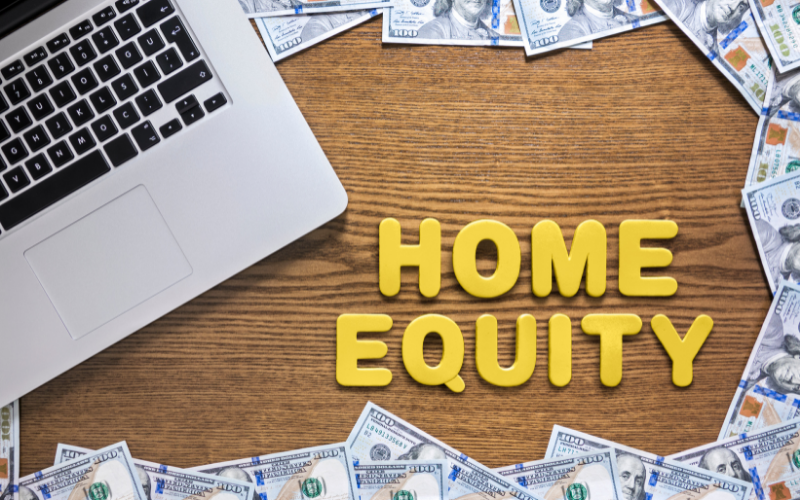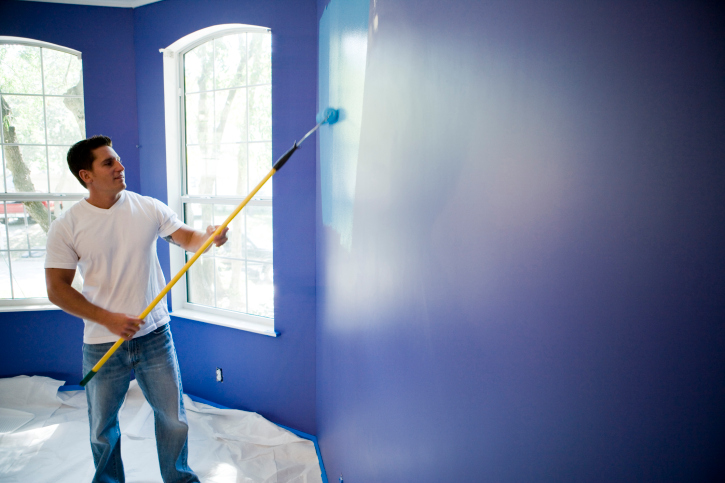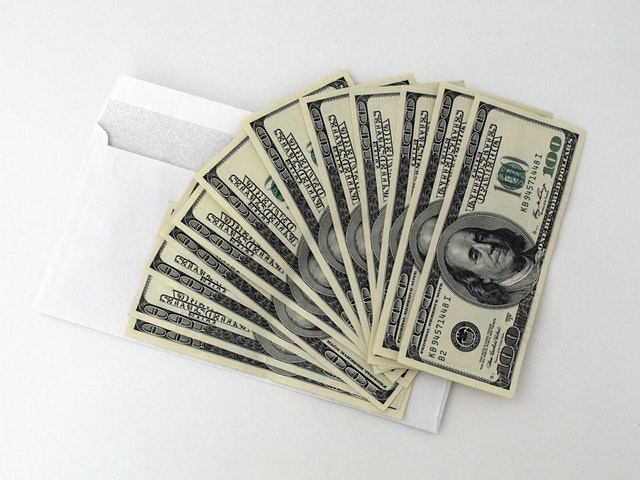 If you are looking for a quick source of cash, you may have been told that you can tap into the equity in your home. If you have at least 20 percent equity in your home, you can borrow against that equity at a relatively low interest rate for a quick source of funding. You might be deciding whether to apply for a home equity loan or a home equity line of credit, which is usually shortened to HELOC.
If you are looking for a quick source of cash, you may have been told that you can tap into the equity in your home. If you have at least 20 percent equity in your home, you can borrow against that equity at a relatively low interest rate for a quick source of funding. You might be deciding whether to apply for a home equity loan or a home equity line of credit, which is usually shortened to HELOC.
Home Equity Loan
A home equity loan is a loan that you will receive based on the equity you have in your home. It is often termed a second mortgage, and it comes with a fixed interest rate. This could make it more predictable when compared to a HELOC, which has a variable interest rate. A home equity loan will also provide you with a lump sum, so it could be a great option if you know exactly how much money you need to borrow when you apply for the loan. In general, you should be able to borrow up to 80 or 90 percent of the equity in your home.
HELOC
A home equity line of credit is a type of credit that allows you to borrow against the equity in your house up to a certain limit. In general, a lender should allow you to borrow up to 80 percent of the equity you have in your home, but it may vary depending on your financial situation. The lender should give you a certain amount of time within which you are allowed to withdraw money against the equity in your home. This is usually several years. Then, there will be a repayment period, within which you need to pay back the interest and the principal. This period could last 20 years. With this option, you can withdraw money, make monthly payments on it, and then withdraw more money if you need it.
Decide Which Is Right For You
These are just two of the many options available, so consider reaching out to a professional who can help you decide which one is right for your needs.
 There are a number of significant advantages that come with homeownership, and one of the biggest advantages is the ability to take out a home equity loan. As homeowners pay off the mortgage, the amount of equity in the house increases. Homeowners can borrow against the equity in their house to fund other projects. For example, homeowners could borrow against home equity to complete a home renovation, pay medical expenses, or pay down student loans. The most common home equity loans include cash-out refinances, a traditional home equity loan, and a home equity line of credit. Which is the best option?
There are a number of significant advantages that come with homeownership, and one of the biggest advantages is the ability to take out a home equity loan. As homeowners pay off the mortgage, the amount of equity in the house increases. Homeowners can borrow against the equity in their house to fund other projects. For example, homeowners could borrow against home equity to complete a home renovation, pay medical expenses, or pay down student loans. The most common home equity loans include cash-out refinances, a traditional home equity loan, and a home equity line of credit. Which is the best option?  Are you feeling the “renovation itch” or perhaps looking for a fun project that you can take on which will provide you with a return on your investment? There are numerous home upgrades and renovations that can add value to a home without costing a large sum of money to complete.
Are you feeling the “renovation itch” or perhaps looking for a fun project that you can take on which will provide you with a return on your investment? There are numerous home upgrades and renovations that can add value to a home without costing a large sum of money to complete. US homeowners now have over 5 trillion dollars in home equity which is a very large amount of money! So this year may be the year for a lot of cash out refinances and other home equity mortgage products. Most often, when you are purchasing a home, you are buying at or below the appraised value and you are making a down payment.
US homeowners now have over 5 trillion dollars in home equity which is a very large amount of money! So this year may be the year for a lot of cash out refinances and other home equity mortgage products. Most often, when you are purchasing a home, you are buying at or below the appraised value and you are making a down payment. So you’ve been a homeowner for some time. You’ve been faithfully paying off your mortgage for years, and you have a fair bit of equity built up in your home – and that makes you proud. But now, you’re wondering what good equity is if you’re not using it.
So you’ve been a homeowner for some time. You’ve been faithfully paying off your mortgage for years, and you have a fair bit of equity built up in your home – and that makes you proud. But now, you’re wondering what good equity is if you’re not using it. While there may be instances when a homeowner must sell a property and move regardless of market conditions, there are other times when the value of the property will be a deciding factor in whether a homeowner moves or remains in the home for a longer period of time.
While there may be instances when a homeowner must sell a property and move regardless of market conditions, there are other times when the value of the property will be a deciding factor in whether a homeowner moves or remains in the home for a longer period of time.